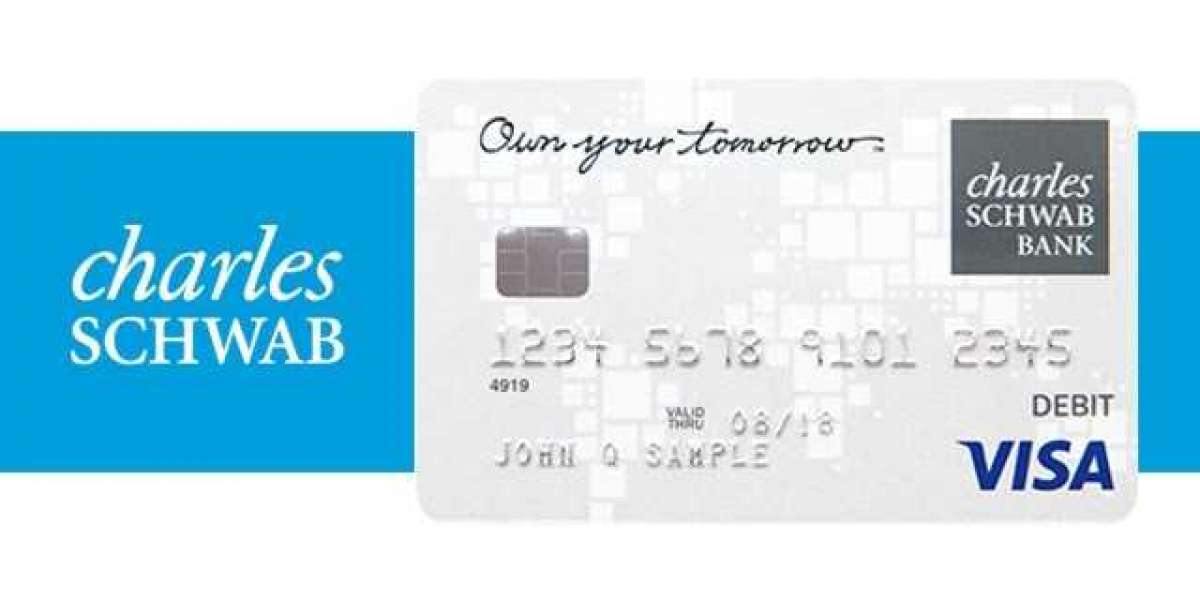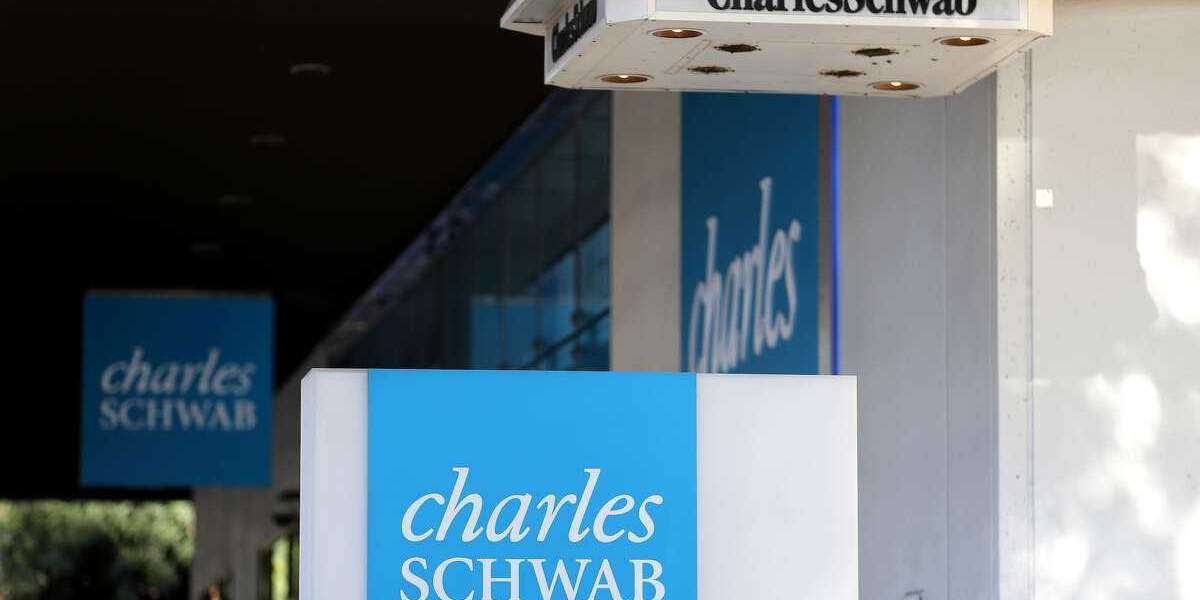Unlock Your Creativity: Discover the Secrets to Choosing the Perfect Food-Safe 3D Printer Filament!
In recent years, 3D printing has surged in popularity across diverse sectors, especially within the culinary world. From creating custom kitchen tools to designing intricate molds, the possibilities are endless. However, as we embrace this innovative technology, it's crucial to consider the safety of the materials we use, particularly when it comes to food-related applications. Food-safe 3D printer filament is specifically designed to ensure that the items produced are safe for contact with food. Choosing the right filament not only enhances the safety and health aspects of your creations but also opens up a world of creative potential, allowing you to bring your unique visions to life.

Understanding Food-Safe 3D Printer Filament
Food-safe 3D printer filament is made from materials that have been certified for safety in food contact applications. Common materials include PLA (polylactic acid) and PETG (polyethylene terephthalate glycol-modified). PLA is biodegradable and derived from natural sources like cornstarch, making it a popular choice for food-safe applications. On the other hand, PETG is known for its durability and resistance to temperature fluctuations. For a filament to be considered food-safe, it should comply with FDA regulations or other relevant safety standards that ensure it won't leach harmful substances into food. Using non-food-safe filaments can pose serious health risks, as they may contain toxic additives or chemicals that can migrate into food, emphasizing the importance of selecting the right materials for any food-related 3D printing projects.
Factors to Consider When Choosing Food-Safe Filament
When selecting food-safe filament, several key factors should be considered to ensure both safety and functionality. First, the type of material is paramount; PLA and PETG are popular options due to their safety and ease of use. Temperature resistance is another critical factor, especially if the printed items will be exposed to heat, such as in a dishwasher or oven. Additionally, it's essential to consider the use of colorants and additives. Some colorants may not be food-safe, so it's advisable to choose filaments that are specifically labeled as food-safe or to opt for natural or uncolored options. Lastly, the ease of printing can significantly affect your experience, especially for beginners. Choosing a filament that is compatible with your 3D printer and easy to work with can lead to better results and a more enjoyable printing experience.
Applications of Food-Safe 3D Printing
The applications of food-safe 3D printing are diverse and exciting, allowing both personal and business users to explore their creativity. One popular application is the creation of custom kitchen tools like cookie cutters, measuring spoons, and even unique serving utensils. These items not only serve a functional purpose but can also be personalized to reflect individual styles or themes. Additionally, food molds for chocolates, candies, and cakes can be crafted with precision, enabling bakers and chefs to experiment with shapes and designs that would otherwise be difficult to achieve. In the realm of food presentation, decorative items such as cake toppers and garnishing tools can transform a simple dish into an artistic masterpiece. The versatility of food-safe 3D printing enhances creativity and functionality in the kitchen, making it an exciting avenue for culinary enthusiasts and professionals alike.
Tips for Successful 3D Printing with Food-Safe Filament
Successfully printing with food-safe filaments requires attention to detail and a few practical tips. First, it's crucial to adjust your printer settings according to the specific filament you are using. Each type of filament has its ideal temperature settings for optimal adhesion and print quality. Additionally, consider post-processing techniques to enhance the safety and appearance of your printed items. For instance, sanding and polishing the surfaces can help eliminate any rough edges that may harbor bacteria. Cleaning is another vital aspect; ensure that your printer is free from residues of non-food-safe materials before starting a food-related project. Using dedicated print beds and tools for food-safe items can further minimize contamination risks. By following these tips, you can ensure the quality and safety of your creations, allowing you to focus on unleashing your creativity.
Key Insights on Food-Safe 3D Printing
In conclusion, selecting the right food-safe 3D printer filament is essential for both safety and creativity in food-related applications. By understanding the materials available, considering important factors during selection, exploring diverse applications, and implementing practical printing tips, you can unlock a world of possibilities in your culinary endeavors. Whether for personal use or business applications, food-safe 3D printing allows you to innovate and express your creativity while ensuring the safety of your creations. So, take the plunge into the exciting realm of food-safe 3D printing and let your imagination run wild!








